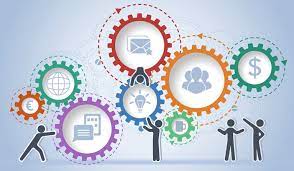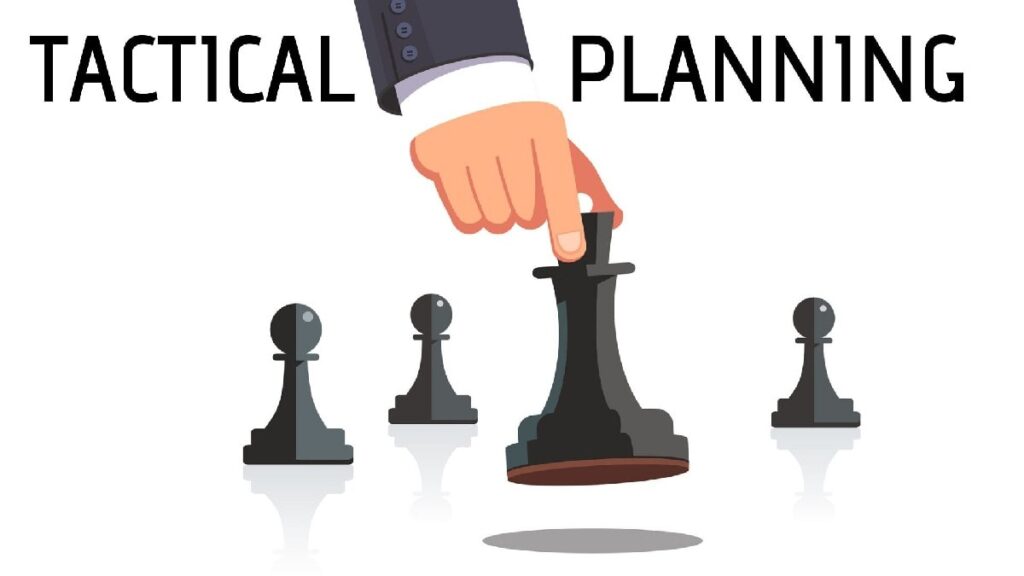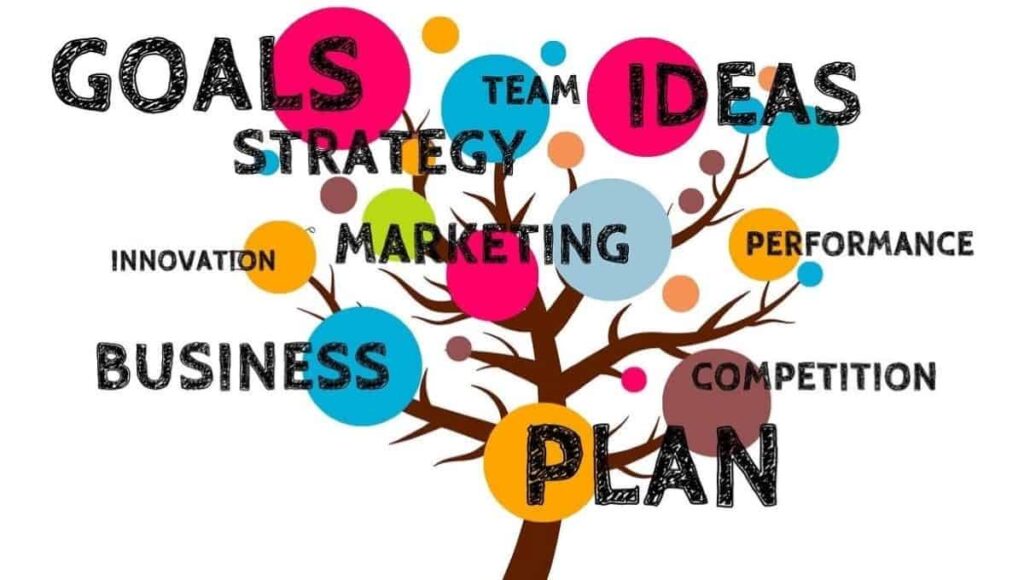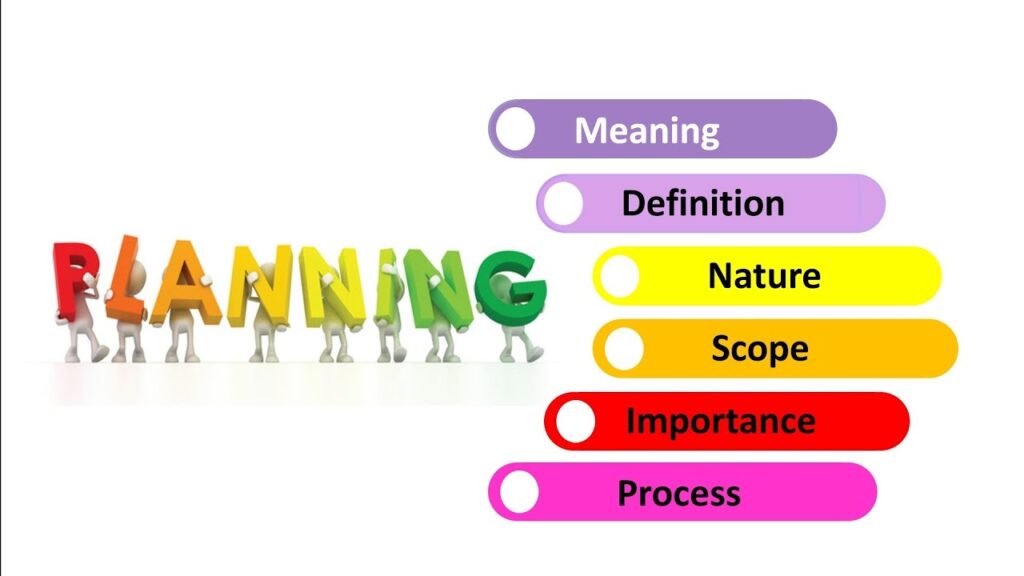Posted inPrinciple of Management
Determining Alternatives
The next step is to search for and find out alternatives that will guide the fulfillment of the objectives established. At this stage, managers need to plan on how to move from their current position towards their decided future position. Managers may find many alternatives, however, dropping the less desirable ones and narrowing on the few desired alternatives is what will help in identifying the best fit solution. The manager can take the help of quantitative techniques, research, experimentation, and experience to determine various alternatives.









